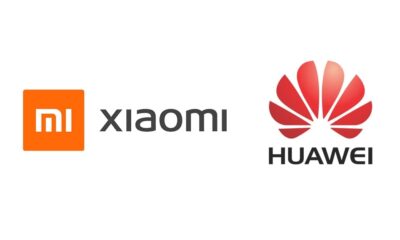Patent
Huawei obtains new patent for road rage detection methods
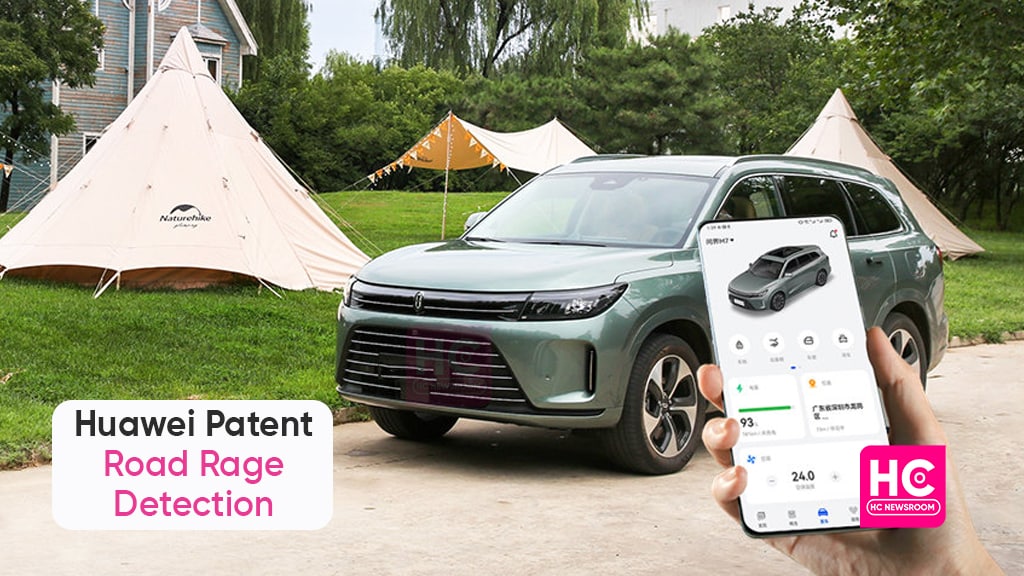
Huawei has recently issued a new patent for road rage detection methods. Ultimately, this will greatly improve the traffic scenarios on the roads and will prevent individuals from unnecessary distress.
According to the latest information, the Chinese tech maker has applied for a unique application. This newly-released Huawei patent is entitled “traffic distress and road rage detection methods”.
As the name suggests, the company will launch a system that can analyze the traffic distress of a driver. In other words, it will observe the driver’s behavior through multiple sensors and will alert the officials to avoid road rages.
Generally, road rages occur by the aggressive and violent behaviors of drivers. Often such matters create a huge fuss and jams which strains a lot of time and results in needless conflicts. Hence, the company is trying to develop a system that can halt these issues.
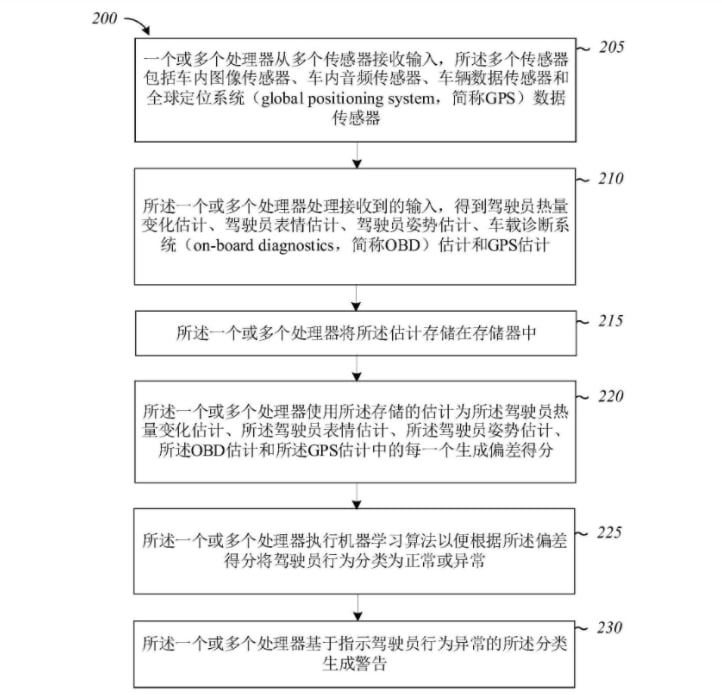
How will the new system work?
The input reveals some basic structures of the respective mechanism. Accordingly, the tech maker will deploy a variety of sensors in this detective system. For instance, an in-vehicle image sensor, an in-vehicle audio sensor, a vehicle data sensor, as well as a GPS data sensor.
Eventually, these elements will identify the internal scenarios of a vehicle. Besides, they will examine the driver’s thermal changes, expressions, posture, onboard diagnostic, and GPS aspects.
Further, these sensors will send the signals to the additional processors in the system. The processors will store the defined estimates of the driver in the memory. Ahead, the reported estimates verify the driver’s normal and abnormal behavior and produce an overall score.
The entire procedure will build over the machine learning and will give accurate details regarding the driver. As a result, traffic controllers will receive alerts on a driver’s abnormal behavior. We are looking forward to seeing how this concept will benefit users in the real world.
(Source)
Patent
New Huawei patent to improve aircraft air transportation efficiency
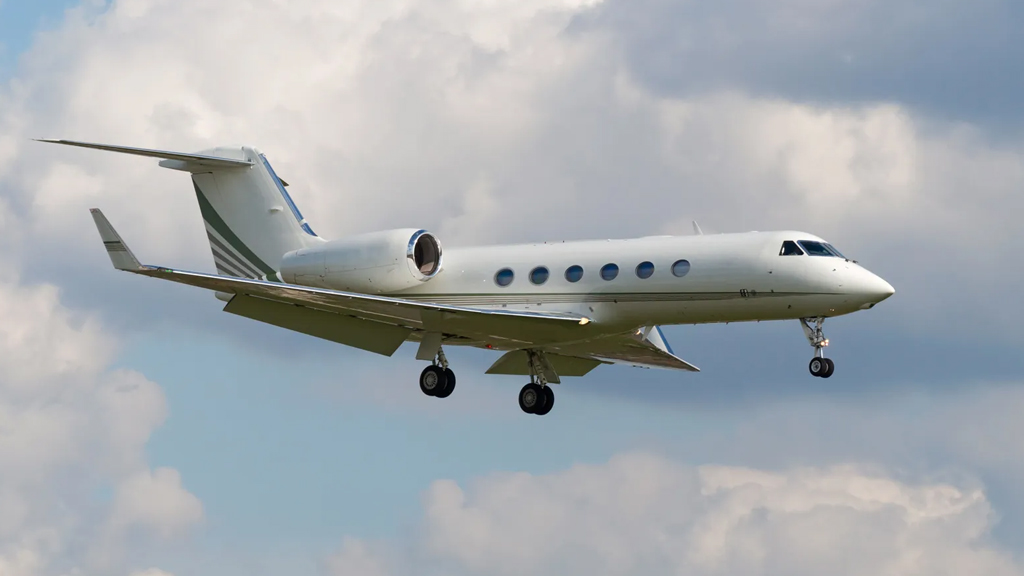
Huawei has filed a new patent for a technology that could improve the efficiency of an aircraft for heavy-duty work such as air transportation.
According to the information, the latest Huawei patent has application number CN115470881A and is titled “Method and Device for Determining Aircraft Flight Strategy” for air transportation.
The patent has technology for obtaining a first model, the first model is obtained based on the first training data. There is the first training data includes the first aircraft at The flight state information within a period.
The flight state information of at least one-second aircraft within the first period, and the target flight strategy of the first aircraft within the first period.
It would obtain the first parameter, which includes the third aircraft in the first period and the flight state information within the second time period. The flight state information of at least one-fourth of aircraft within the second time period. While the first parameter is input into the first model to obtain the flight strategy of the third aircraft.
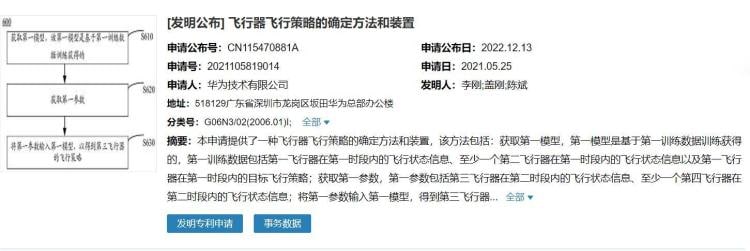
The key points of this patent detail include:
- Obtain the first model, which is based on the first training data.
- Obtain the first parameter according to S620 obtained through training.
- Input the first parameter into the first model to obtain the flight strategy of the third aircraft S630.
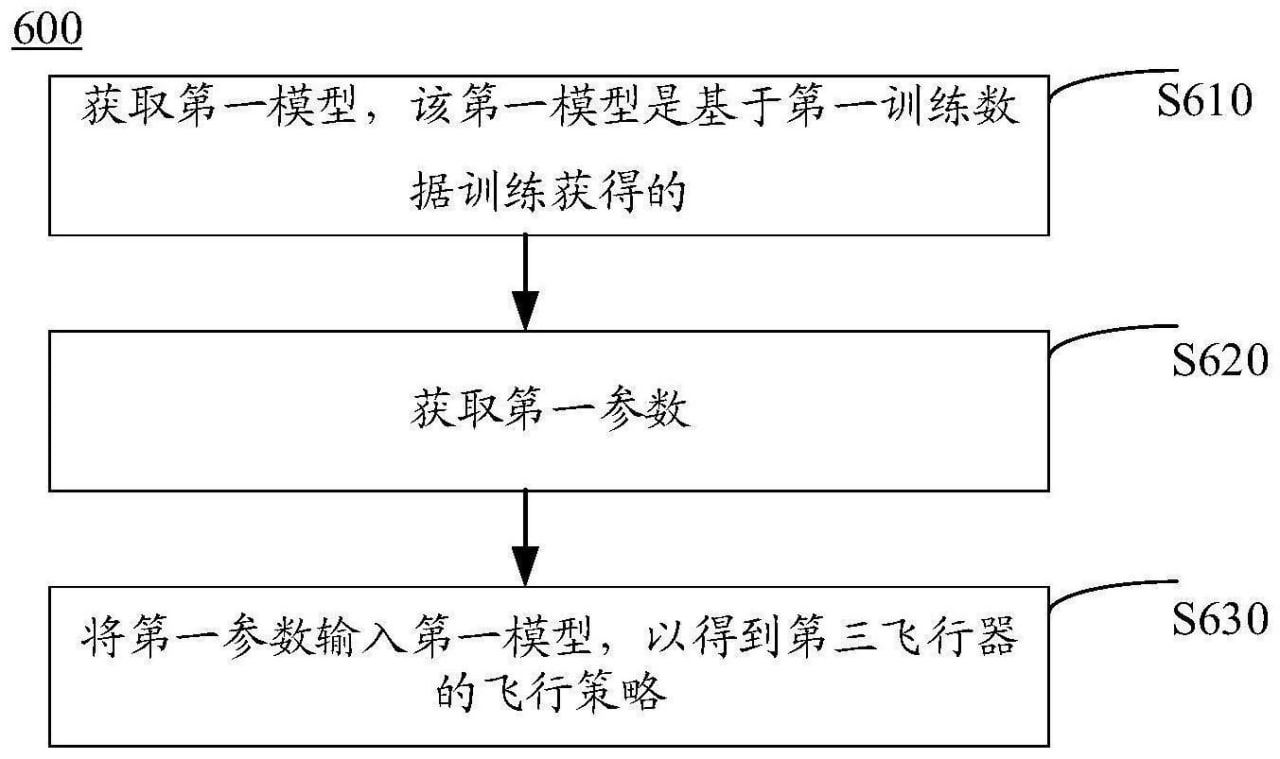
Through this, the multi-agent can autonomously select the route for the aircraft through a large amount of training and learning, and adjust the speed of the aircraft on the route. So as to optimize the distribution of the flow in the terminal area and improve the efficiency of air transportation.
(via – SinaTech)
Patent
New Huawei Patent merges AR technology to video calling
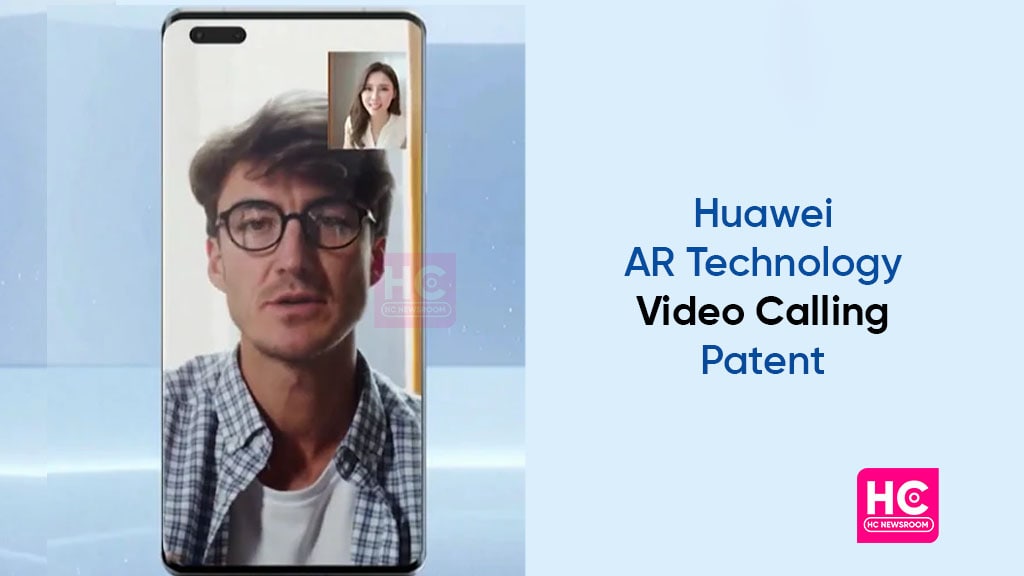
Huawei is bringing a new technical merger for video call services. In the latest edition, Huawei has obtained a new patent for combining AR (Augmented reality)Technology with the video calling feature.
Before we jump to the patent details, let’s understand what is AR Technology.
AR Technology stands for Augmented Reality. The main aim of this tech-pack product is to bring real-world scenarios to the computing field. It provides three-dimensional pictures of the objects. As a result, it seems like a user is playing in the natural life.
And it looks like, Huawei is planning to bring AR technology into the video calling services with its new patent. As per the input revealings, the Chinese tech maker has started the development of an AR communication system.
The company has issued an interesting patent application with CN112788273B number and the title reads “An Augmented Reality AR Communication System and AR-based Communication Method”.
How does the AR communication system work?
The giant communication mechanism will comprise an AR media server and two SBCs (server-based computing). Further, the AR media server will be present in the communication system. Meanwhile, the SBCs will be available on both sides of the system.
The media streaming channels will remain open between the AR component and the SBC servers so that the devices on both sides of the call can exchange data and information effectively.
On the other hand, the media stream will also work as a transmitter. It will transmit the call signals from the SBC elements to the AR media and thereafter, will exchange the information between devices.
As a result, the entire communication system will enable the processing of AR technology during video calls. It will turn on an improved and more realistic experience in the video calls held between various devices.
It would be worth seeing when this effective technology will take place in the real world.
[Source]
Patent
Huawei publishes new virtual display tech to avoid eye strain
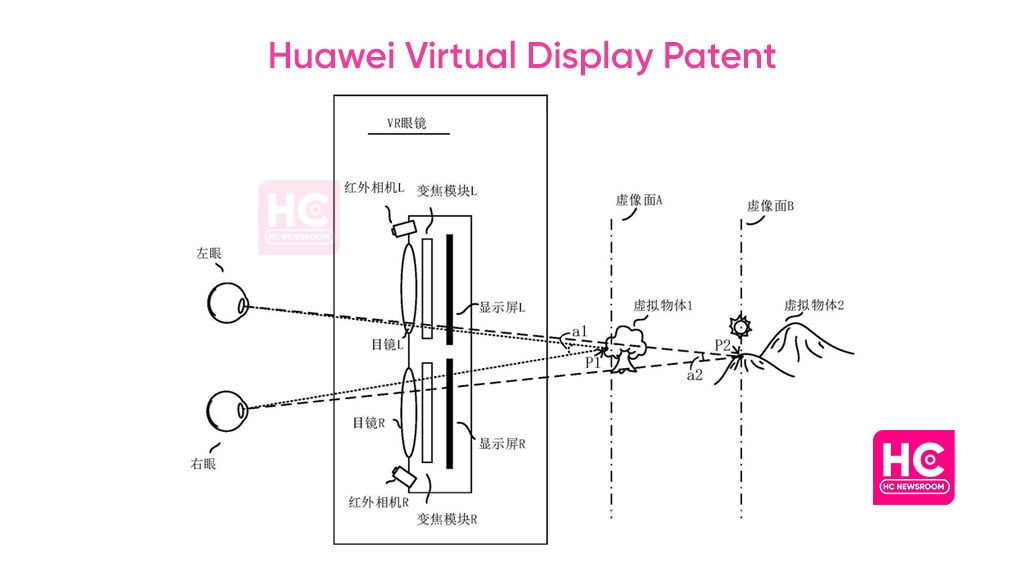
Today, Huawei issued an interesting patent for virtual display technology. As the term says, this development will enhance the virtual experience of users and prevent them from unnecessary eye strain and related issues.
Huawei patents are constantly adding new inventions to the shelves. In the meantime, the company has served the market with a variety of imaging and display processing innovations. As of now, the company is bringing another invention on board.
In the latest development, Huawei has obtained a new virtual display patent application with a CN115407504A number. Besides, the application reads the title “virtual display device and virtual display method”.
Eventually, the respective mechanism will help in reducing the lighting and reflection issues. On the other hand, it will improve the convergence adjustment and will offer effective display functions that can prevent stress on the eyes.
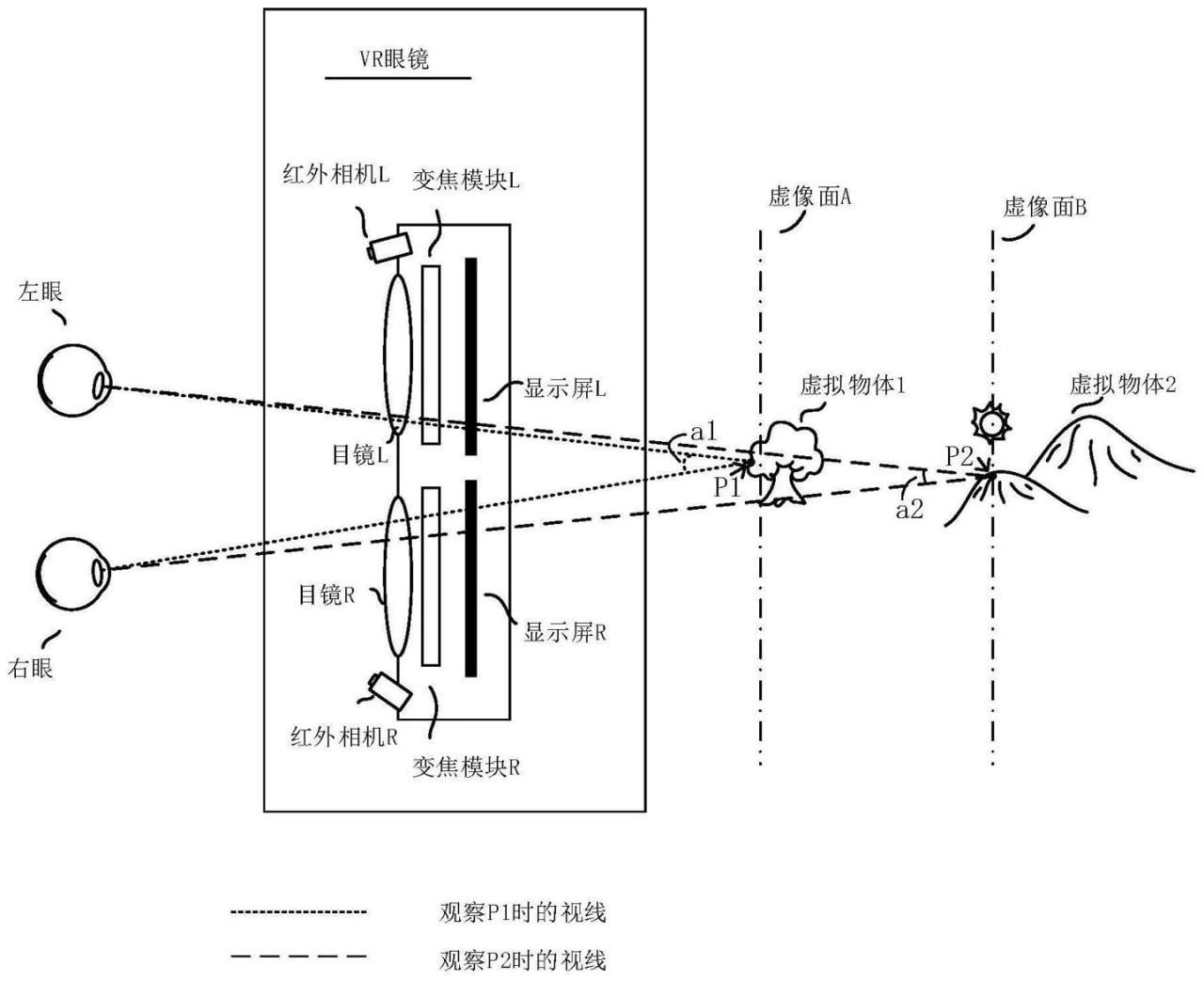
Virtual Display and its Functioning
The input reveals that the tech maker is working on unique VR glasses. These glasses will consist of an infrared camera, a zoom module, and most importantly a display module on both sides.
Accordingly, the display module will use micro-chips and will control the following functions:
- Displaying the objects
- Adjusting the depth of convergence of the object
- Enhancing the imaging surface depth
Further, the image here has two objects. The display module will showcase the first object, its depth of convergence, and its imaging surface. Thereafter, the second object is displayed along with its depth of convergence, and the imaging surface.
Since the first object’s depth of convergence will differ from the second object, the display module will adjust the depth of convergence. Thus, users will not need to pressurize their eyes for looking at closer objects.
Depth of Convergence
The adjustment in the depth of convergence plays a vital role. While looking at a close object, our eyes angle inwards. This is known as convergence. However, extra effort and pressure on the eyes can make them suffer from fatigue and more problems.
Hence, Huawei took the initiative to build such a technology. Let’s see when we will get the efficient product in our hands.
[Source]





